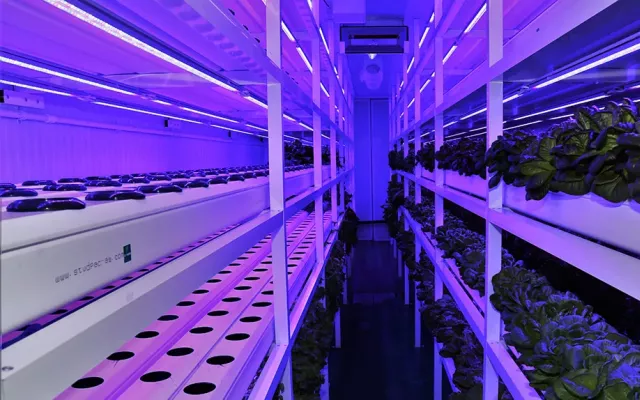Modeling the Effects of Irrigation Water Salinity on Growth, Yield and Water Productivity of Barley in Three Contrasted Environments
Freshwater scarcity and other abiotic factors, such as climate and soil salinity in the Near East and North Africa (NENA) region, are aecting crop production. Therefore, farmers are looking for salt-tolerant crops that can successfully be grown in these harsh environments using poor-quality groundwater. Barley is the main staple food crop for most of the countries of this region, including Tunisia. In this study, the AquaCrop model with a salinity module was used to evaluate the performance of two barley varieties contrasted for their resistance to salinity in three contrasted agro-climatic areas in Tunisia. These zones represent sub-humid, semi-arid, and arid climates. The model was calibrated and evaluated using field data collected from two cropping seasons (2012–14), then the calibrated model was used to develop dierent scenarios under irrigation with saline water from 5, 10 to 15 dS m-1. The scenario results indicate that biomass and yield were reduced by 40% and 27% in the semi-arid region (KAI) by increasing the irrigation water salinity from 5 to 15 dS m-1, respectively. For the salt-sensitive variety, the reductions in biomass and grain yield were about 70%, respectively, although overall biomass and yield in the arid region (MED) were lower than in the KAI area, mainly with increasing salinity levels. Under the same environmental conditions, biomass and yield reductions for the salt-tolerant barley variety were only 16% and 8%. For the salt-sensitive variety, the biomass and grain yield reductions in the MED area were about 12% and 43%, respectively, with a similar increase in the salinity levels. Similar trends were visible in water productivities. Interestingly, biomass, grain yield, and water productivity values for both barley varieties were comparable in the sub-humid region (BEJ) that does not suer from salt stress. However, the results confirm the interest of cultivating a variety tolerant to salinity in environments subjected to salt stress. Therefore, farmers can grow both varieties in the rainfed of BEJ; however, in KAI and MED areas where irrigation is necessary for crop growth, the salt-tolerant barley variety should be preferred. Indeed, the water cost will be reduced by 49% through growing a tolerant variety irrigated with saline water of 15 dS m-1.








